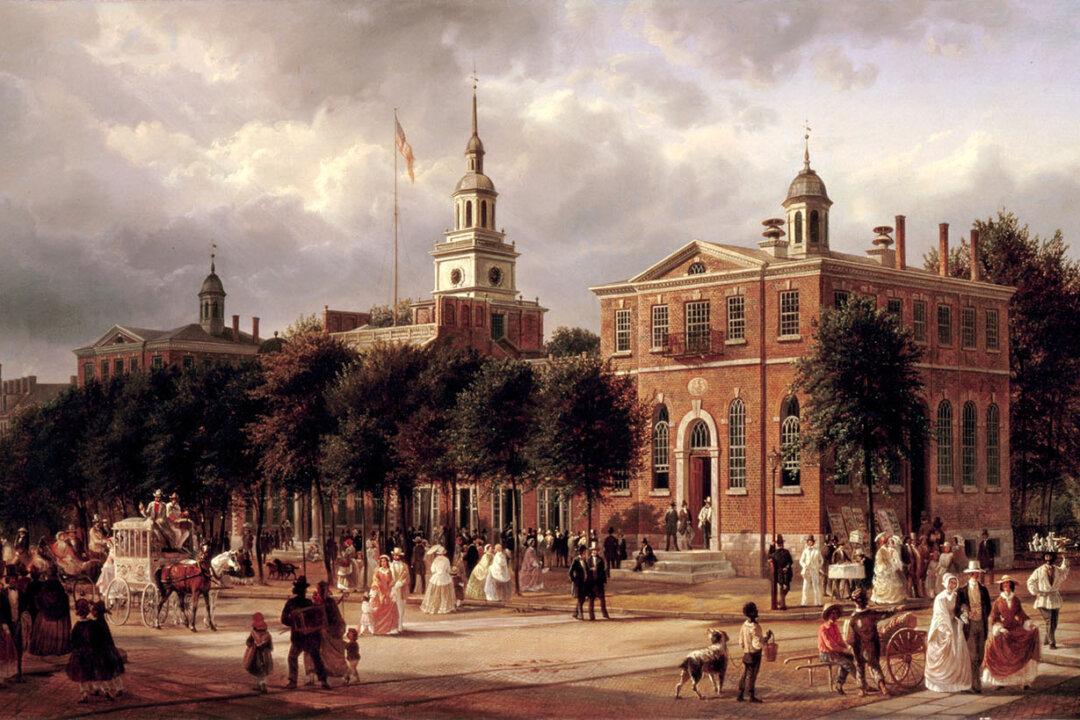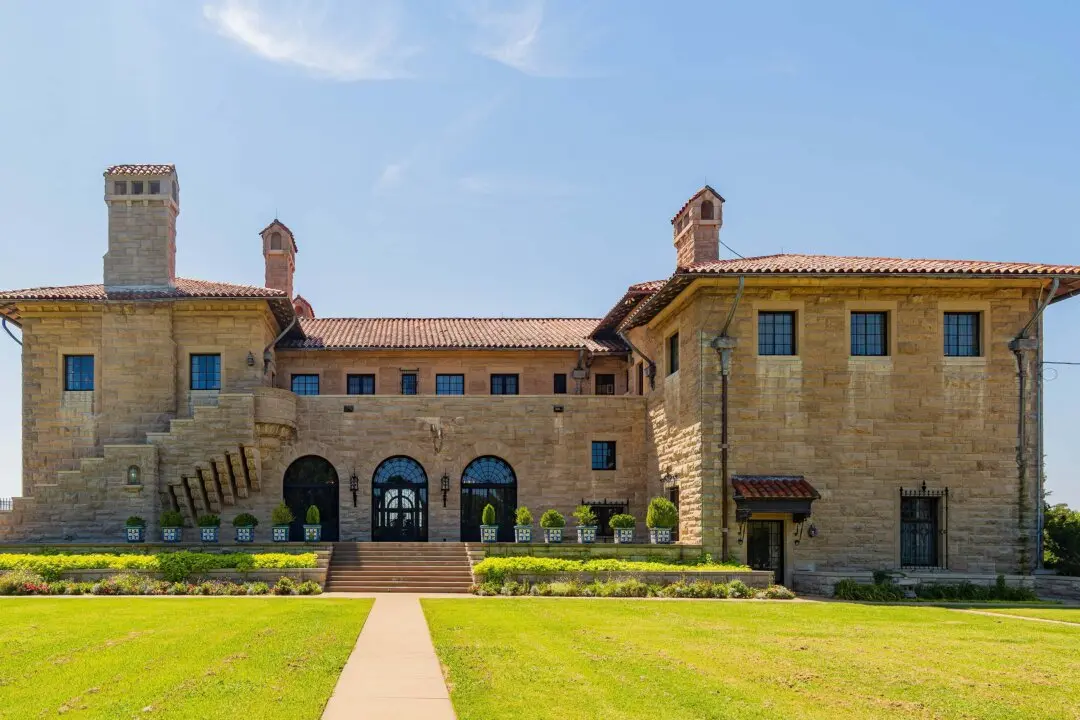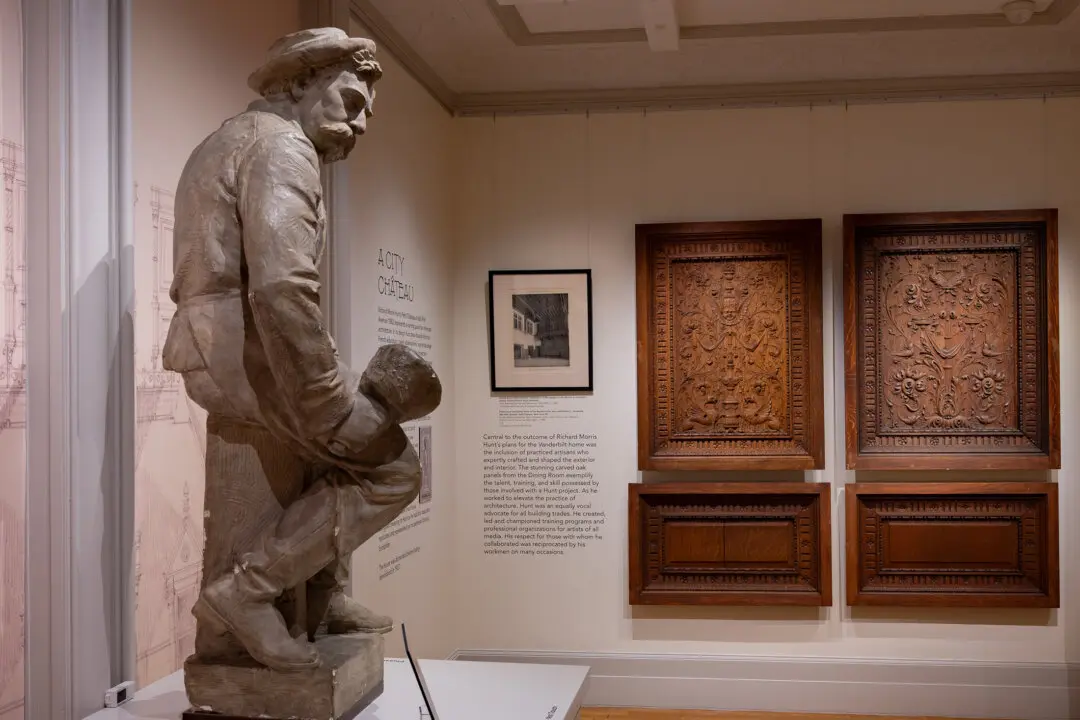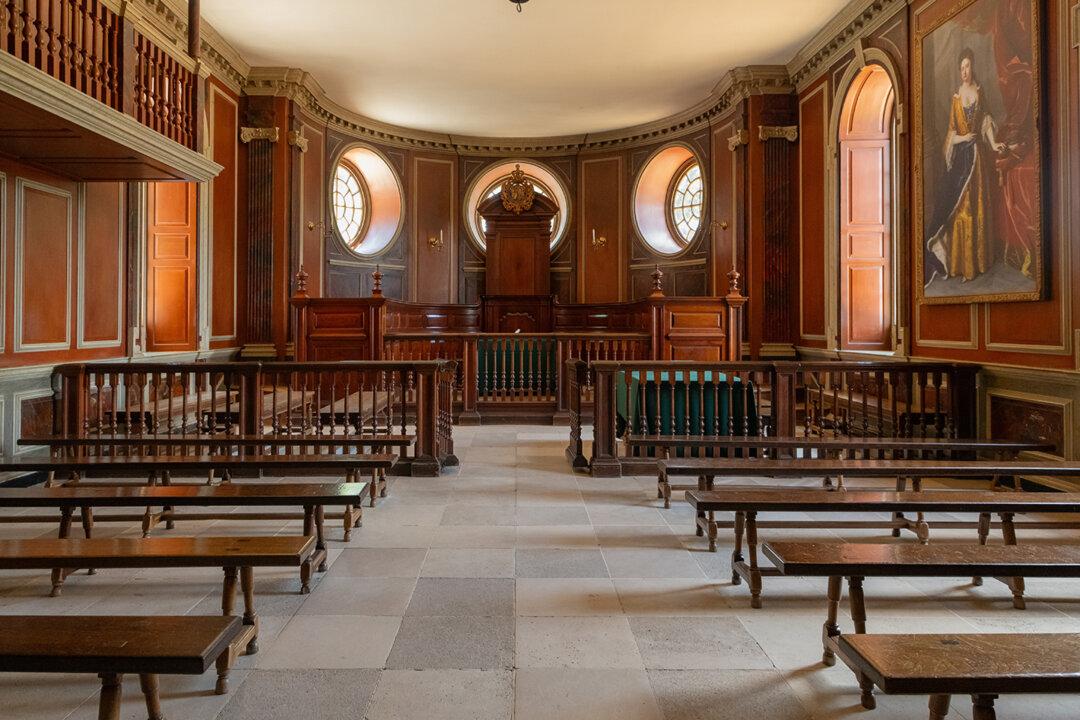Today, it’s hard to imagine a visit to Philadelphia without a stop at Independence Hall. Constructed from 1732 to 1753 by Edmund Woolley and Andrew Hamilton, the fine Georgian building became the birthplace of America’s independence. Both the Declaration of Independence and the U.S. Constitution were debated and ratified in the historic Pennsylvania State House.
With its brick façade, bell tower, and steeple, the iconic tower not only graces our currency, it has inspired replicas across the country. The 20th-century American architect Jens Fredrick Larson popularized the Colonial Revival architectural in his college designs found throughout America.





